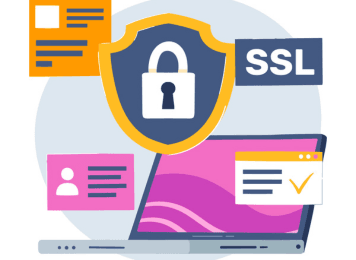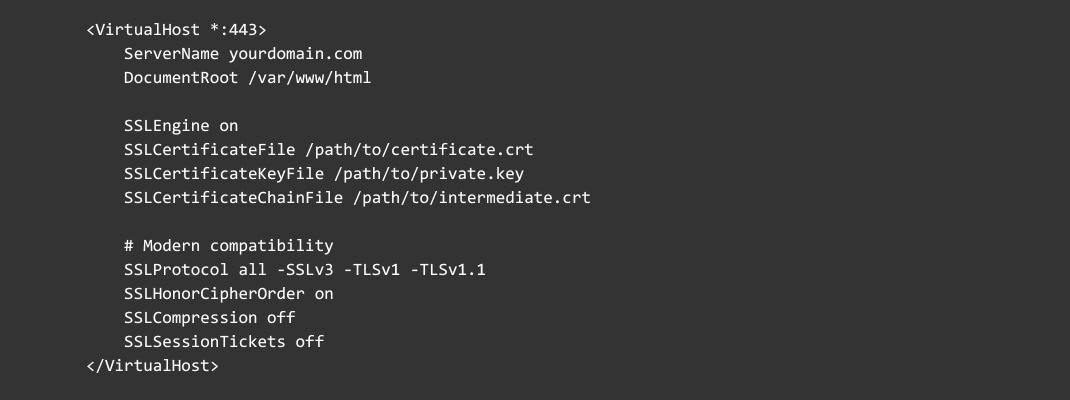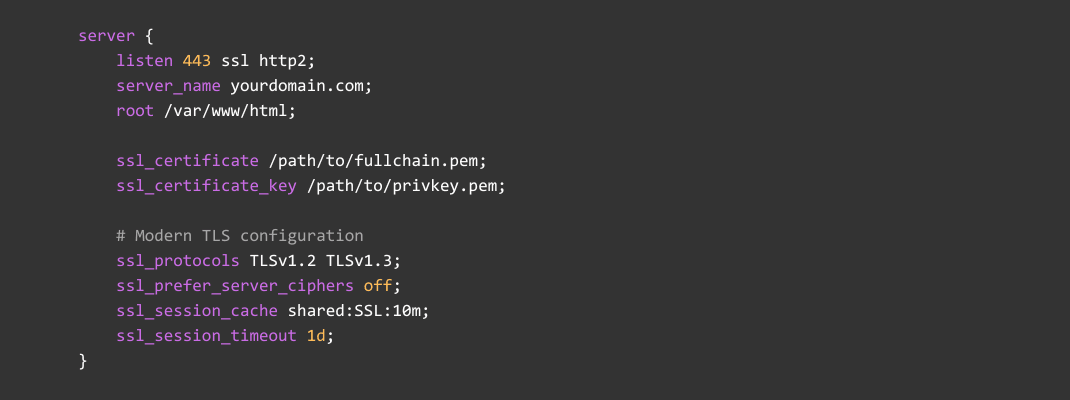Digital certificates are fundamental to web security architecture, enabling encrypted communication channels, protecting sensitive data transmission, and establishing essential trust signals for users and search engines. As of 2024, over 85% of websites worldwide utilize HTTPS, marking a significant rise from just 18.5% five years ago, highlighting the increasing reliance on SSL/TLS certificates to secure online environments.
This widespread adoption underscores the critical importance of proper SSL certificate lifecycle management. Ensuring seamless HTTPS implementation involves more than just initial setup—it requires continuous monitoring, timely renewal, and correct revocation practices.
This comprehensive guide examines every stage of SSL certificate management—from initial certificate signing requests through installation, renewal protocols, and revocation procedures. We'll explore the critical technical components, provide detailed configuration examples across different server environments, and share expert-recommended security practices to maintain robust HTTPS implementation.
For those seeking ongoing protection, MySiteBoost’s SSL Monitoring service provides automated certificate tracking to prevent unexpected expirations and security vulnerabilities.





